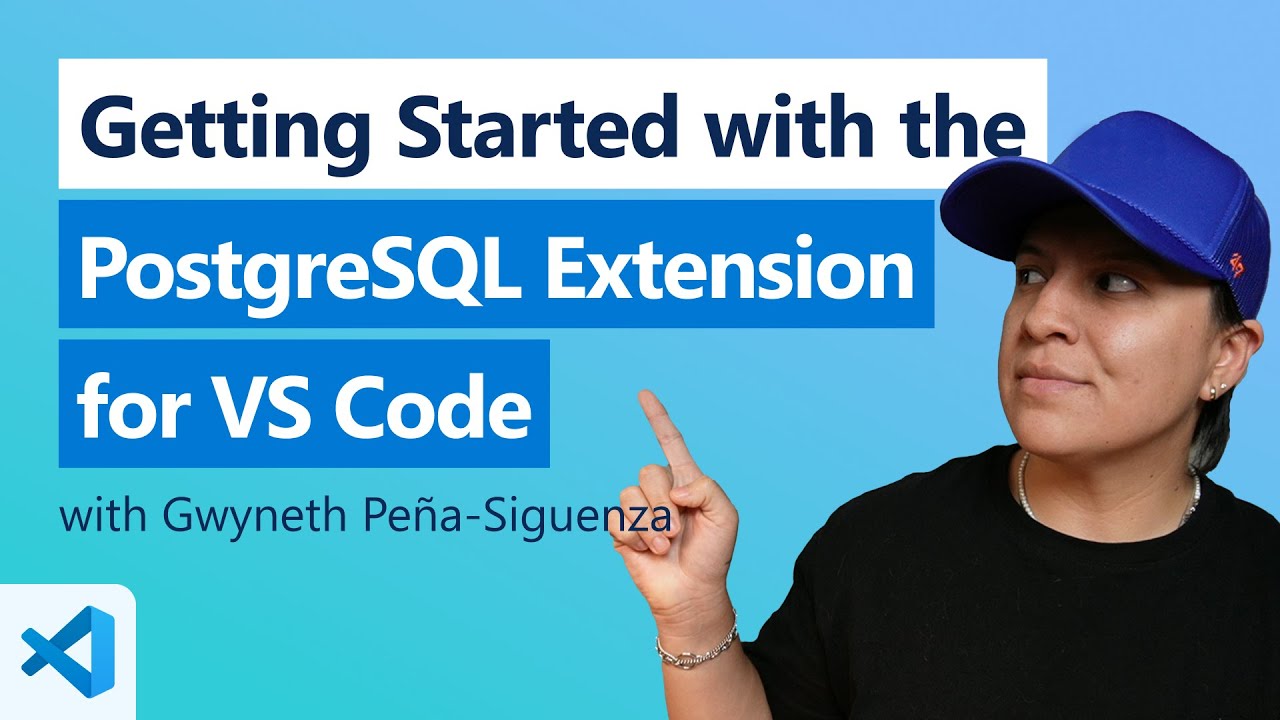The video introduces the PostgreSQL extension for Visual Studio Code, highlighting its features for managing local and cloud-hosted PostgreSQL databases, including running queries, visualizing schemas, and using natural language chat commands for data analysis. It also demonstrates advanced automation with agent mode, enabling tasks like creating databases, installing extensions, and loading data through simple commands within VS Code.
The video introduces the PostgreSQL extension for Visual Studio Code, highlighting its recent availability and key features. It explains that the extension allows users to create and manage PostgreSQL servers locally using Docker or in the cloud via Azure. The presenter emphasizes the extension’s capabilities for running queries, visualizing schemas, and interacting with databases through chat and natural language commands, making database management more accessible and efficient within VS Code.
The tutorial begins with setting up a local PostgreSQL server using Docker. The user is guided through creating a new server instance, configuring connection details, and establishing a connection to the default database. The presenter demonstrates how to create a new database, restore schemas, and load data into tables, showcasing the extension’s ease of use for database setup and data management. They also illustrate how to execute SQL queries, view results, and export data in various formats like CSV, JSON, and Excel.
Next, the video covers exploring database schemas visually within VS Code. The presenter shows how to visualize tables, columns, and relationships, providing a clearer understanding of the database structure. They also demonstrate running queries with autocomplete support and using the command palette to execute commands. Additionally, the extension’s chat feature is showcased, where users can ask questions in natural language, and the extension constructs and executes SQL queries to answer those questions, streamlining data analysis.
The tutorial then shifts focus to connecting with cloud-hosted PostgreSQL databases, specifically in Azure. It explains how to deploy a cloud server using Azure CLI or infrastructure-as-code tools like Bicep or Terraform. Once connected, users can interact with their cloud databases similarly to local ones, including querying, visualizing schemas, and using chat features. The presenter demonstrates asking questions about cloud databases, retrieving information about resources, backups, and extensions, emphasizing the extension’s versatility for managing remote databases.
Finally, the video explores the agent mode feature, which allows for more advanced automation and task execution. The presenter creates a new local server and uses the chat extension in agent mode to create databases, install extensions, and load data from CSV files through natural language commands. They showcase how the extension can perform complex tasks like creating spatial indexes and modifying databases automatically. The session concludes with a reminder to explore the provided resources and prompts viewers to ask questions or suggest future topics, emphasizing the extension’s powerful capabilities for PostgreSQL management within VS Code.
